December 7, 1909. It is the first day of Hanukkah, and pupils from pre-state Israel’s first Hebrew high school are on a field trip. Their teacher has taken them to the ancient village of Modiin – site of a famous 1st-century BCE town and home of the Maccabees. We can almost see the children standing in a small field among some hollowed-out slabs of rock as they listen to stories of incredible heroism and skill. Then imagine them looking around, indicating the stones, and solemnly declaring that this is where the famous Maccabee family was buried.
Jews from all over the world flock to the “Maccabean Graves.” So do runners in the annual Hanukkah marathon, who come here to light their torches before beginning the race to Jerusalem. Yet very few of them realize that the “Maccabean graves” tradition was born on a December afternoon at the beginning of the last century and not the result of an archaeological discovery.
Perhaps they really are the graves of the Maccabees? Experts dismiss the idea, contending that the graves are from a different era altogether. In fact, no one knows for sure where the famous family lies at rest.
The Maccabee saga began when the Greek ruler Antiochus Epiphanes (also known as Antiochus the Mad) became King of Israel in 176 BCE. On the assumption that he was a god in human form, he expected to be worshipped properly and even produced coins that had his features on one side and the god Zeus on the other. But his attempts to destroy the Jews’ religious identity by prohibiting circumcision and sacrificing pigs on the altar of the Temple were doomed to failure because so many Jews were willing to die for their beliefs.
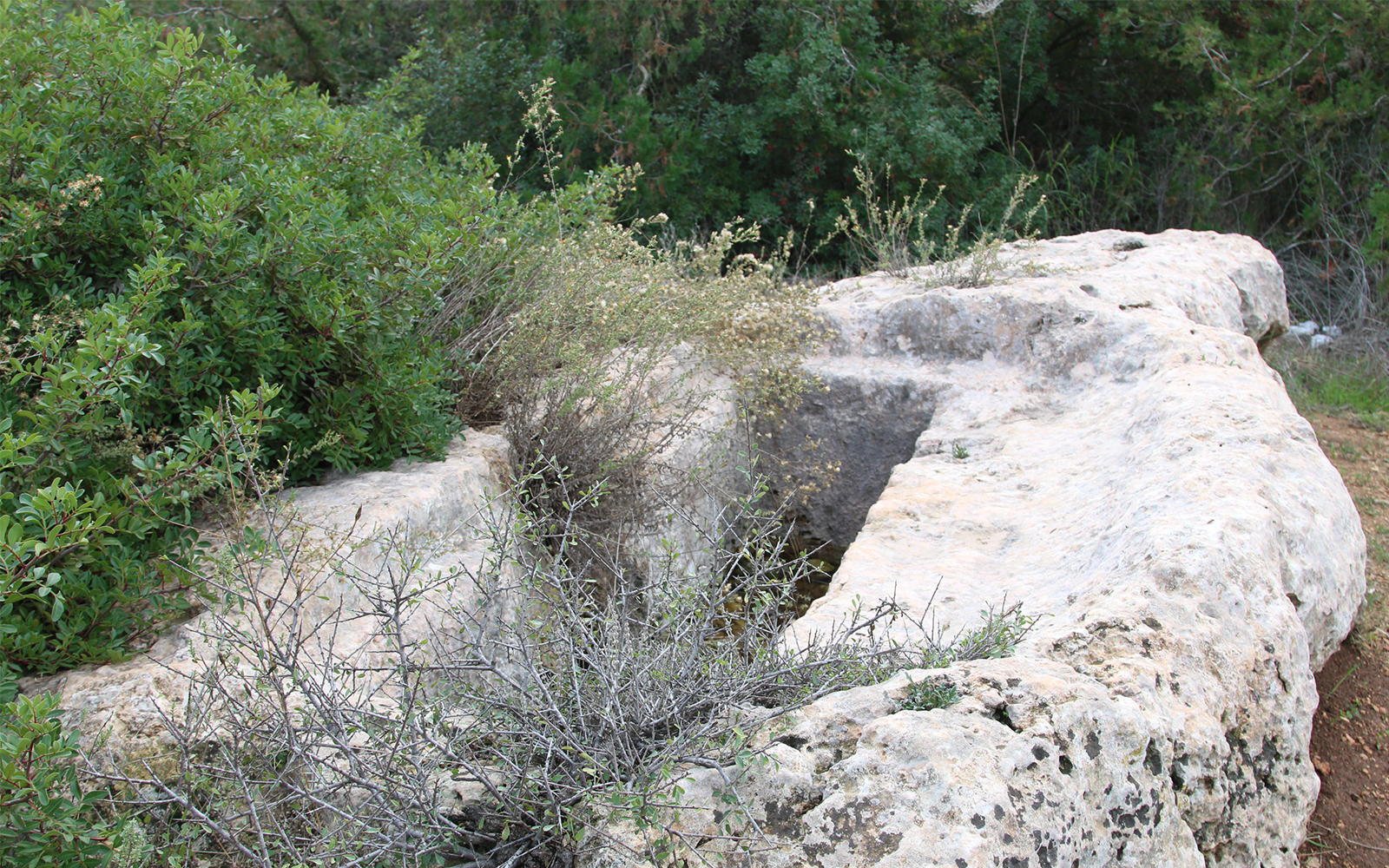
The ancient Maccabees are believed to be buried in a site outside the modern city of Modiin. (Shmuel Bar-Am)
After slaughtering a multitude of Jews in Jerusalem, and taking 10,000 others captive, Antiochus sent his men into the surrounding villages. On a fateful day in 167 BCE his forces reached Modiin, an important Jewish center where, at the time of the new moon, residents stood on a hilltop, lit a fire, and signaled the coming of a new month.
When ordered to bow down to a statue of Antiochus, an aged Jew stepped forward to obey. That’s when one Mattathias, patriarch of the house of Hasmonea and the descendant of a priestly family, pulled out his sword and ran it through the old man’s body. He then killed one of the soldiers and together with his five sons fled to the mountains. From there the family, and other rebels who joined them, waged a guerrilla war.
After Mattathias died, one of the sons, Judas Maccabeus, became rebel leader. We know him as Judah the Maccabee, a brilliant general who wanted nothing less than independence for his people.
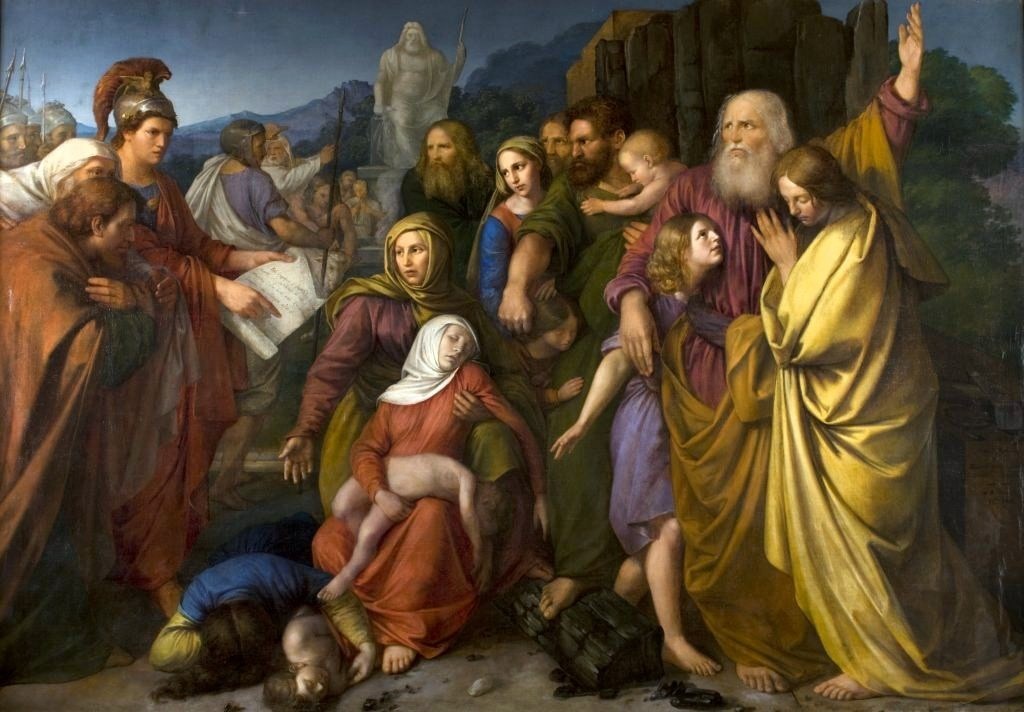
The Maccabees, as depicted by the Polish artist Wojciech Stattler (1800–1875) (Public domain via Wikimedia Commons)
The rebels knew they had no other choice than to fight and it was probably a combination of motivation and Judah’s sophisticated tactics that did the trick. There were eight battles in all, with Judah falling in the final fight, but by then the tide had already turned. During the fourth battle, guerrilla fighters moved into Jerusalem and purged the Temple of all vestiges of pagan worship. This was the time of the Hanukkah miracle, for when it came time to light the Temple menorah, a tiny quantity of oil lasted an entire week.
In Antiquities of the Jews, written in the 1st century, historian Josephus recorded that Simon “buried his brother’s bones… in their own city Modiin… moreover, he built seven pyramids also for his parents and his brethren, one for each of them… and which have been preserved to this day.”
Near the Maccabean graves, a memorial wall dedicated to fallen Israel Defense Forces soldiers stands next to seven structures built to echo the pyramids in Josephus’ description. Behind them the Jewish National Fund planted a row of tall cypress trees — the traditional symbol both of mourning and of eternal life.
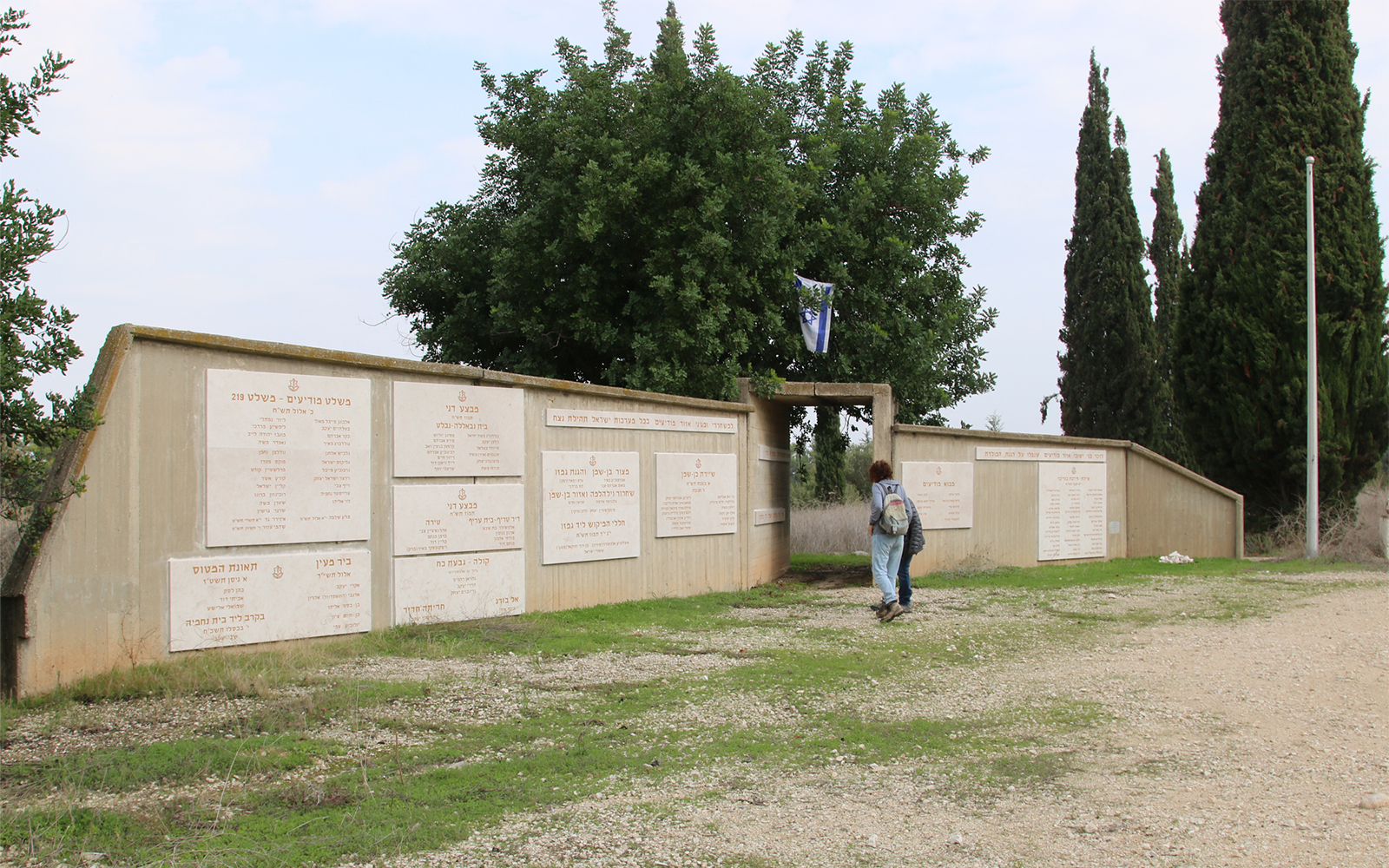
A memorial wall dedicated to fallen soldiers outside of Modiin. (Shmuel Bar-Am)
On a sunny day last week we returned to the Maccabean Graves after an absence of over a decade. Two monuments in the parking lot recalled the tragic death of 15-year-old Kobi Muskuna, leader of a Maccabee youth group who was killed on the first day of Hanukkah in 1975. While at the site to help prepare for that year’s Hanukkah marathon, he stepped on a defensive Israeli mine when the area was the border with Jordan.
We had fun wandering around and even discovered something new: according to modern graffiti on one of the Maccabee tombs, Rabbi Shimon Bar Yohai is buried here is well. Pretty strange, since his traditional gravesite is located on Mount Meron. It is there that, each year on the anniversary of his death 2,000 years ago, huge crowds pay him homage.
A few hundred meters away, the tomb of Sheikh Arbowie was built during the Ottoman era. Archaeologists digging under the grave many years ago found remains that seem to reflect Shimon’s elaborate monument as described in Josephus’ Antiquities. All has since been covered up.
Simon wouldn’t have recognized the tomb, today, and neither did we: it has been taken over by squatters and is full of rubbish. In addition, is being vaunted as a Jewish religious site.
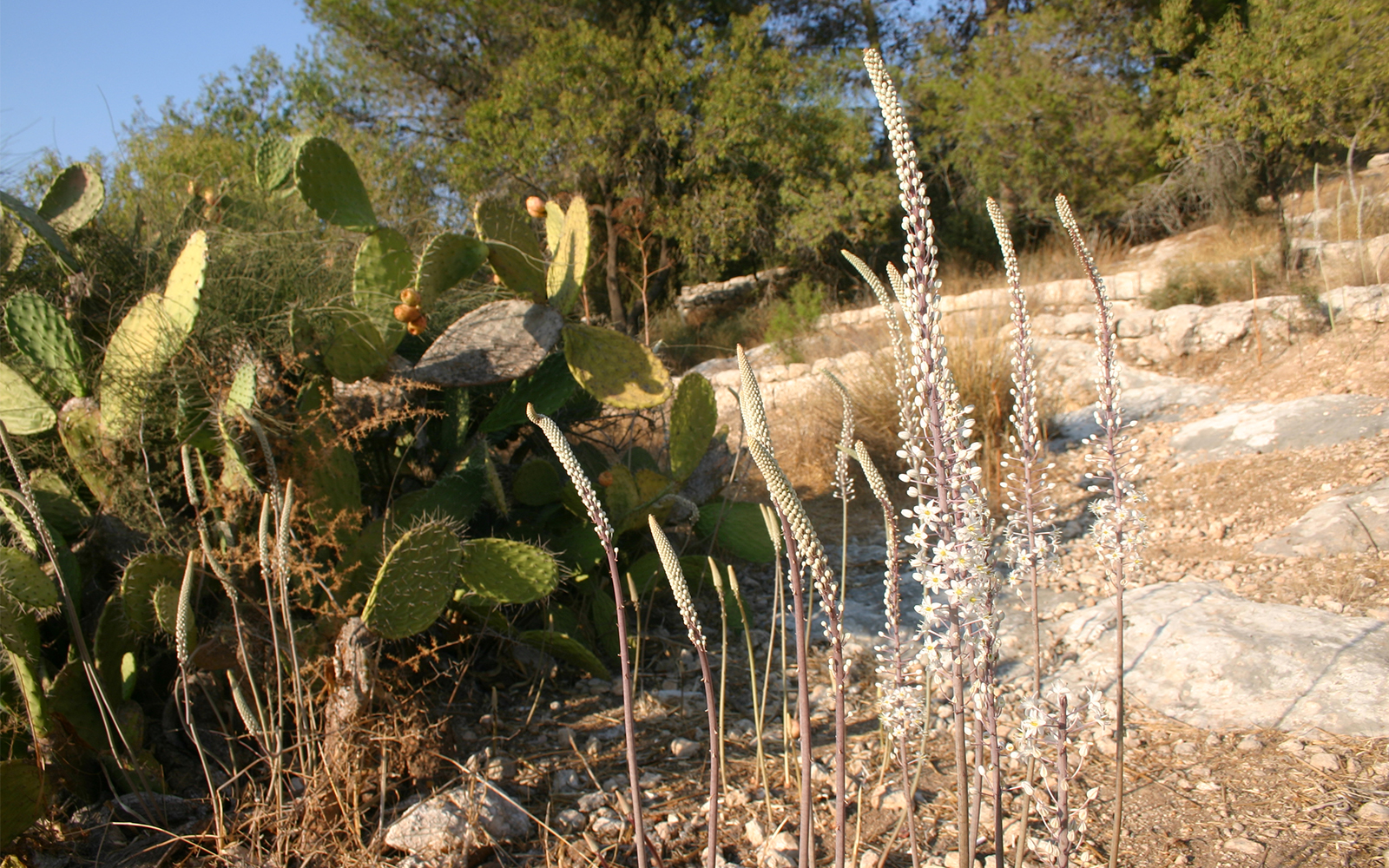
Squill and sabra plants in the Ayalon Canada Park outside of Modiin. (Shmuel Bar-Am)
No Maccabee story is complete without a visit to Ayalon Canada Park outside modern Modiin, funded by Canadian Jews and designed and built by the Jewish National Fund.
The park consists of nearly two glorious acres featuring walking trails, aqueducts, flowers, a little lake, a Roman bath house, a wine press, and other archaeological sites. And then there are loads of the trees both beautiful and diverse, from olive, carob, pine, and cypress, to pomegranate and almond. Just now delicate pink and yellow crocuses are in bloom, growing right next to the ground. So are gold and white daffodils; they will soon be replaced by blushing pink cyclamen. Almost best of all, its hills offer fabulous views of the Ayalon Valley below.
Jews have resided in the Ayalon Valley since the Israelite conquest of the Promised Land. During the Greek rule of Israel some lived in Hamat, a thriving town whose name was changed to the more Greek Emmaus. At about that time, town fathers built a much needed system of canals, cisterns and pools to fill the requirements of their prosperous town. Ayalon Canada Park covers much of what was once this large and bustling city.
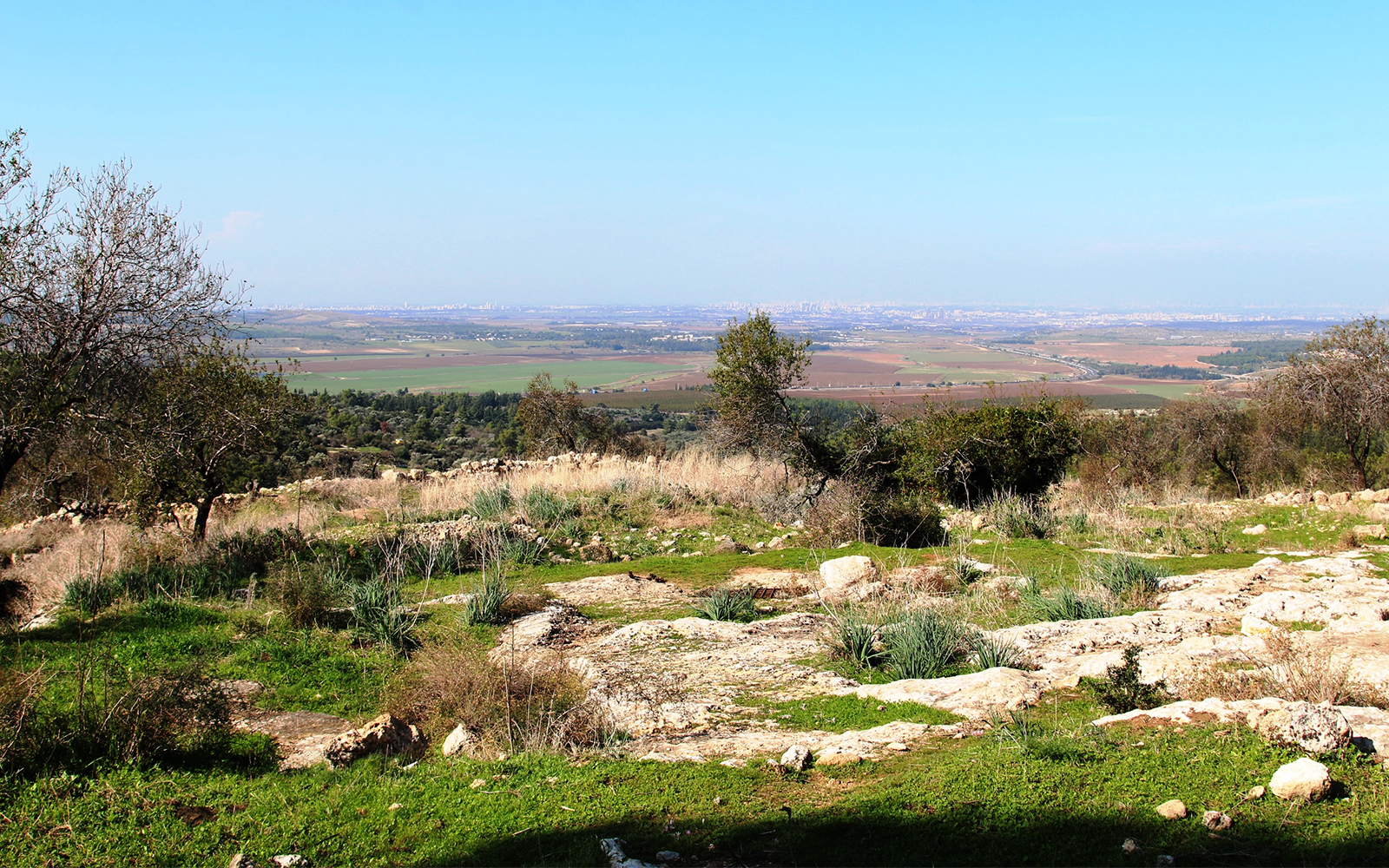
A view of the Ayalon Valley, believed to be the site of ancient battles between the Maccabees and Greeks. (Shmuel Bar-Am)
Over the millennia, the Ayalon Valley has hosted numerous fierce battles. Indeed, this is where Judah Maccabee won two of his most important engagements against the Greeks.
The Greeks decided to go after the Jewish guerrillas with a mass of soldiers. Their method, which had served them well on plains in other parts of the world, called for sending out row after row of soldiers 16 men across, each with a helmet and holding a spear out in front of him.
Greeks and Jews met at the Beit Horon Ascent, an area so narrow that, according to ancient writings, only two camels can walk on it at once and only if they trod one behind the other. In addition there were curves so sharp that you couldn’t see above you on the road.
Judah Maccabee took his men up into the hills, waiting above a sharp curve in the road for the Greeks to ascend. When they did the Jews picked them off almost one at a time, until the rest were in total disarray and fled.
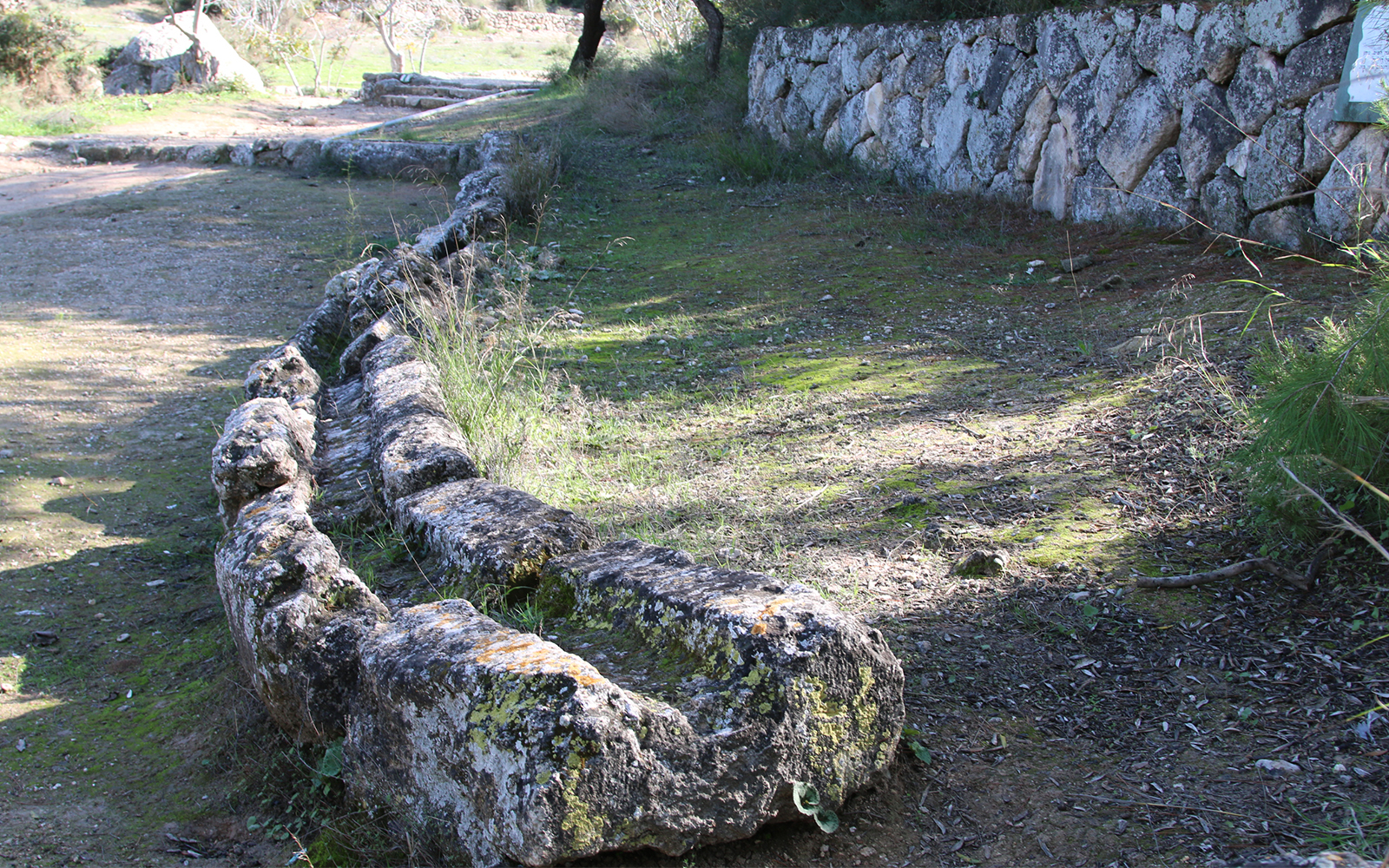
An ancient aqueduct in the Ayalon Canada Park outside Modiin. (Shmuel Bar-Am)
Another incredible victory took place at Hamat/Emmaus. Judah spread rumors that he was up in the hills working on a battle plan against the Greeks. The Greeks force, which had 40,000 troops stationed at Emmaus, sent a crack force of 5,000, and its commander, into the hills. While they were climbing up, the Jews descended a different hill to the south of Emmaus. They then circled around, moved into the leaderless camp and burned it to the ground. When the Greek force looked back and saw the camp burning they retreated from the whole area, leaving spoils which for the first time kept the Jews well-armed.
On our Saturday visit the park was so crowded we could hardly find a spot for a picnic — and traffic jams on the narrow roads were daunting. So we returned a few days later, on a sunny, gorgeous day where the pandemic seemed like a bad dream. We were joined by a young family enjoying a birthday party — and a dozen or so senior citizens like ourselves.
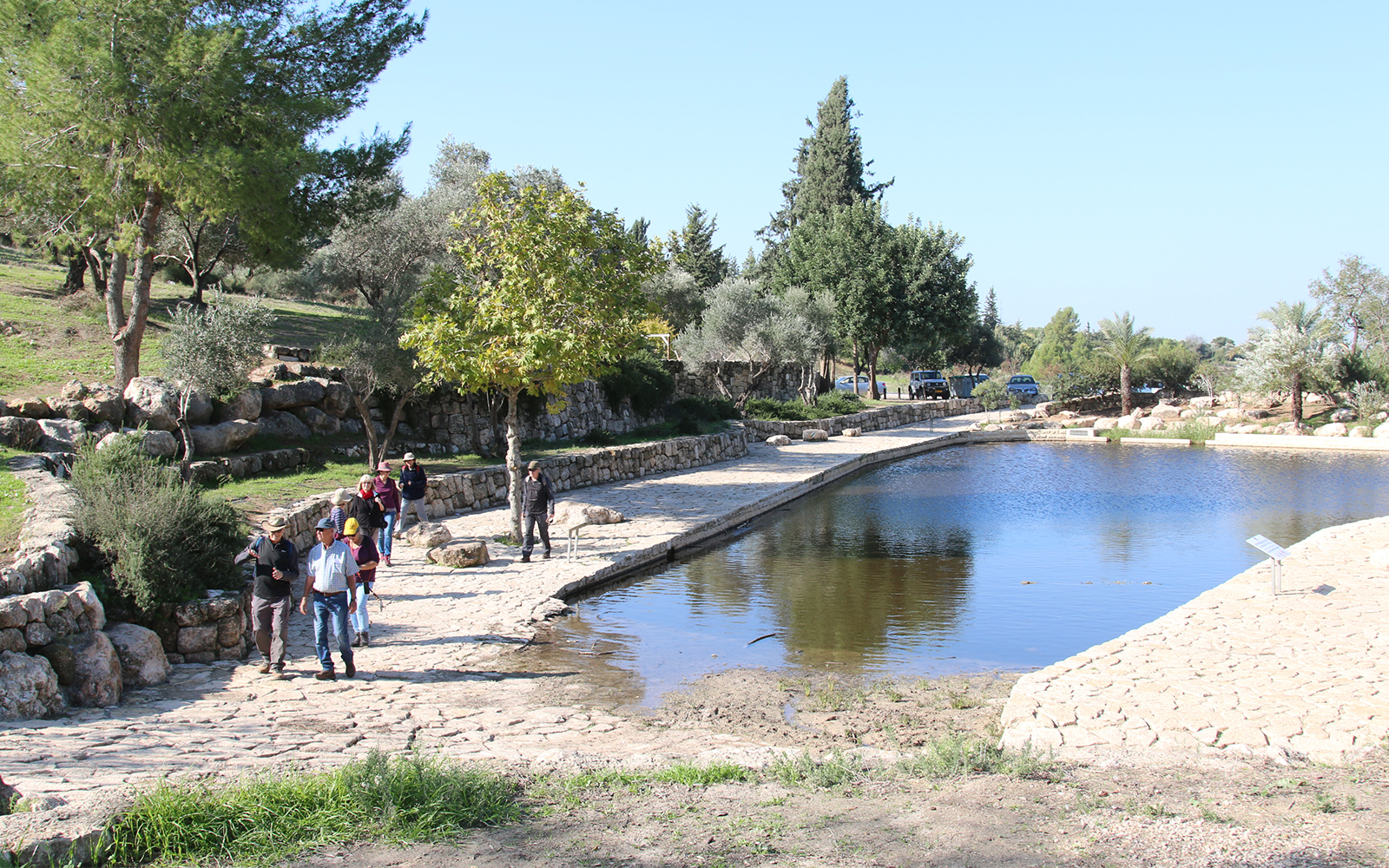
The Valley of the Springs outside Modiin hosts Roman-era caves and aqueducts. (Shmuel Bar-Am)
This was the perfect opportunity for a leisurely 40-minute stroll, each way, to a site called Valley of the Springs. Not only could we hear the birds singing and smell the fragrance of the woods, but it sported all kinds of archaeological remains. Among them were Roman-era residential caves and stone aqueducts at two different levels.
At the end of the walk, there is a hike up a steep hill to the Aked ruins where adventurous souls take a beautiful circular trail. Unfortunately, however, both the ruins and the Bar Kochba caves, named after a revolt against the Romans in the years 132 to 135, are closed to the public. There is, however, a stupendous view of the Ayalon, site of the biblical event in which the sun stood still for Joshua Ben Nun. “Sun, stand still over Gibeon, and you, moon, over the Valley of Aijalon” (Joshua 10:12).

The Aked ruins in the Ayalon Canada Park. (Shmuel Bar-Am)
—
Aviva Bar-Am is the author of seven English-language guides to Israel. Shmuel Bar-Am is a licensed tour guide who provides private, customized tours in Israel for individuals, families and small groups.
Related posts:
Views: 0
 RSS Feed
RSS Feed
















 December 12th, 2020
December 12th, 2020  Awake Goy
Awake Goy  Posted in
Posted in  Tags:
Tags: 
















